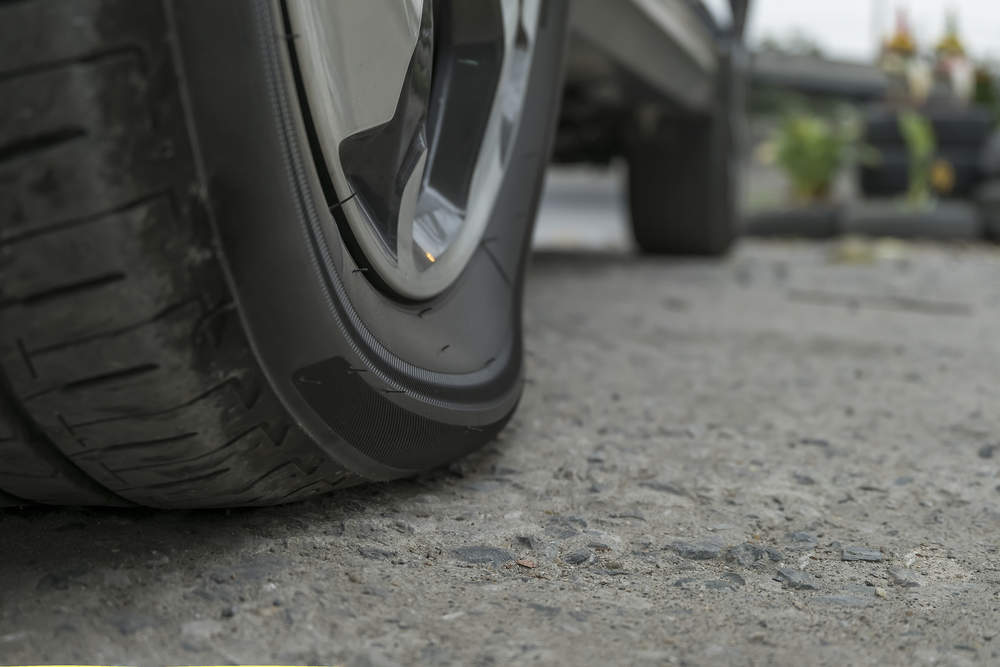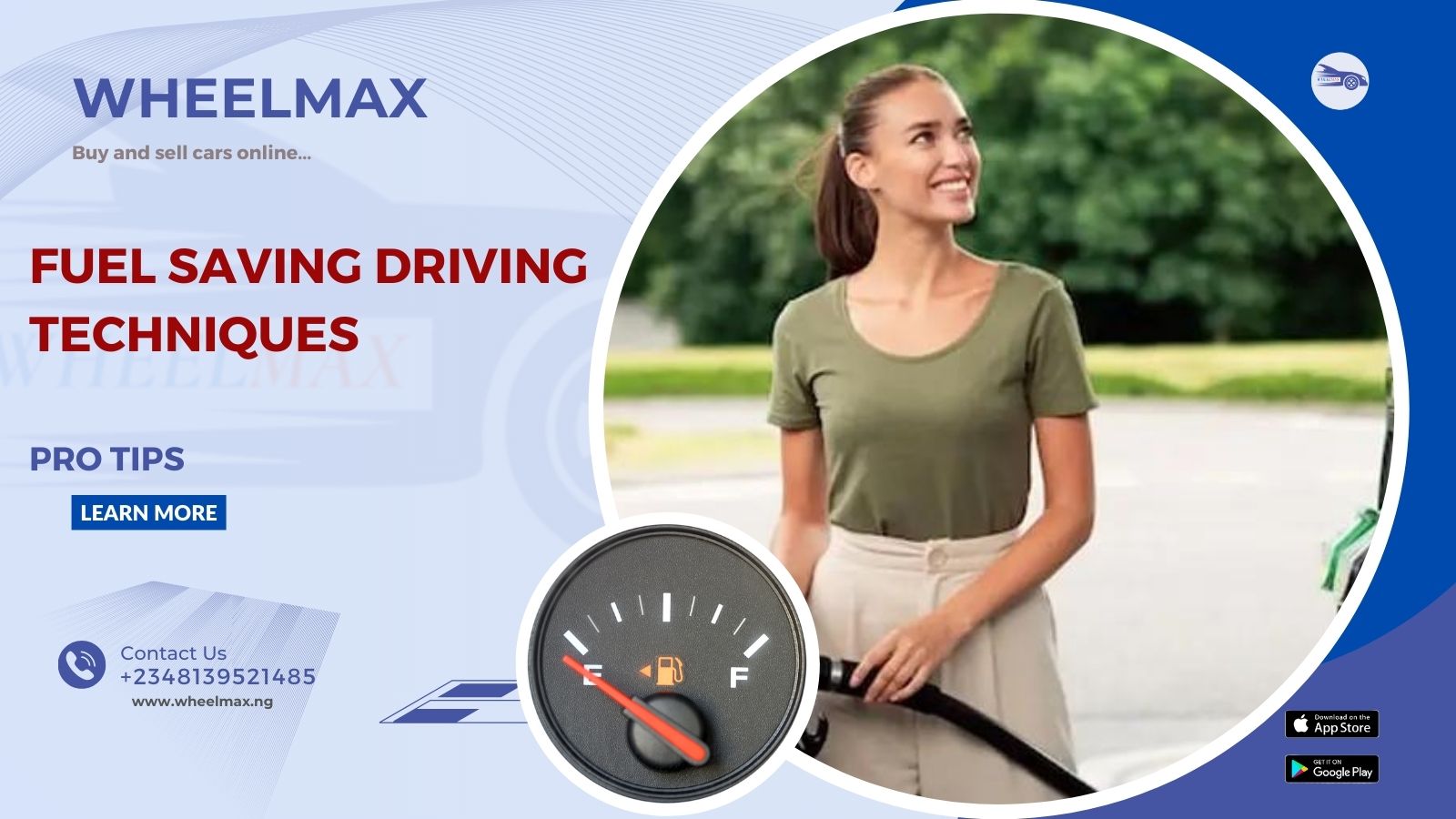Fuel Economy: Your Guide to Fuel-Saving Driving Techniques (Because Who Wants to Spend More on Gas Than Snacks?)
Let's face it, the gas station is no one's favorite hangout spot. Between the questionable coffee and the ever-inflating prices, it can feel like you're constantly feeding a hungry monster. But fear not, fellow drivers! Today, we're here to equip you with the knowledge and skills to transform yourself into a fuel-efficient warrior, leaving those gas station woes in the dust (well, maybe not literally, because that wouldn't be very fuel-efficient).
The Art of Smooth Sailing
Imagine your car as a majestic ship gracefully gliding across the asphalt. Harsh acceleration and sudden braking are like hitting those rocks in the Mario Kart course – sure, it might be exciting, but it also burns a lot of fuel.
The key is to anticipate. See that red light up ahead? Don't slam on the brakes like you're auditioning for a car commercial. Instead, ease off the gas and allow the car to coast to a gentle stop. This not only saves fuel but also reduces wear and tear on your brakes (think of all the extra gala money you'll save!).
Speaking of speed, have you ever noticed how time seems to warp when you're stuck behind someone going 10 mph under the limit? While their leisurely pace might be tempting during a particularly frustrating day, remember: Speeding is the arch-nemesis of fuel efficiency.
Think of it this way: the faster you go, the more air resistance your car pushes against. Imagine yourself trying to run through a hurricane – that's what your car is basically doing at high speeds. So, buckle up, relax, and maintain a steady, legal pace. Bonus points if you can do it without becoming one with your steering wheel out of sheer boredom. Pro tip: Download some fun audiobooks or podcasts to keep you entertained on those longer drives.
Now, let's talk about cruise control. This isn't just for boring highway stretches anymore (although it excels there). Cruise control is your secret weapon for maintaining a constant speed, especially on flat roads. By taking the constant adjusting of your foot off the gas pedal out of the equation, you ensure your engine runs smoothly and efficiently.
Lighten Up and remove unessential weights and Look Ahead: Because Every Pound Counts

Ever wonder why race cars are stripped down to the bare minimum? It's not just for aesthetics (although they look pretty cool). Every extra pound in your car translates to more work for the engine, which means... you guessed it, more fuel burned! So, next time you're tempted to turn your car into a mobile garage sale, resist the urge. Declutter your trunk, and ditch every extra stuff in your trunk that is not needed.
Speaking of things that create drag (the bad kind, not the RuPaul kind), let's talk about roof racks and bike carriers. These trusty companions are lifesavers when you need to haul extra stuff, but they are not always needed. Here's the thing: when not in use, they act like giant wind sails, increasing your car's resistance and guzzling that precious gas. So, take them off when you're not using them, and your car (and your wallet) will thank you for it.
Now, let's get a little strategic. Planning your trips can be a game-changer. Instead of making multiple short trips throughout the week, consolidate your errands into one efficient outing. This minimizes the number of times you must endure the dreaded cold start, where your engine burns more fuel until it reaches operating temperature. Imagine it like waking up in the morning – you wouldn't run a marathon before you've had your coffee, would you?
TLC for Your Tires: Because Happy Tires Mean Happy Fuel Economy

Your tires are the workhorses of your car, literally carrying you wherever you need to go. But just like any good workhorse, they need proper care to perform at their best. Here's the lowdown: underinflated tires create drag, reducing fuel efficiency. Think of it like trying to walk on soft beach sand – it takes a lot more effort, right?
So, check your tire pressure regularly (at least once a month) and inflate them to the level recommended in your owner's manual. Not sure where that magical number is? There's usually a sticker on the inside of your driver's side door that tells you all about it.
And don't forget about regular maintenance! Scheduled oil changes, air filter replacements, and spark plug tune-ups all play a crucial role in keeping your engine running smoothly and efficiently.
